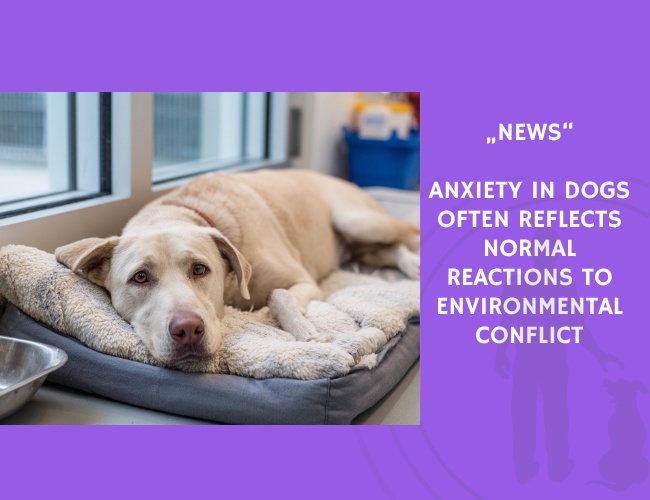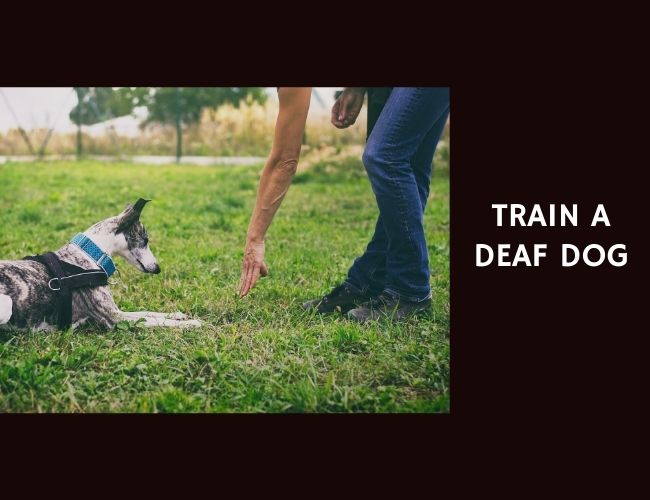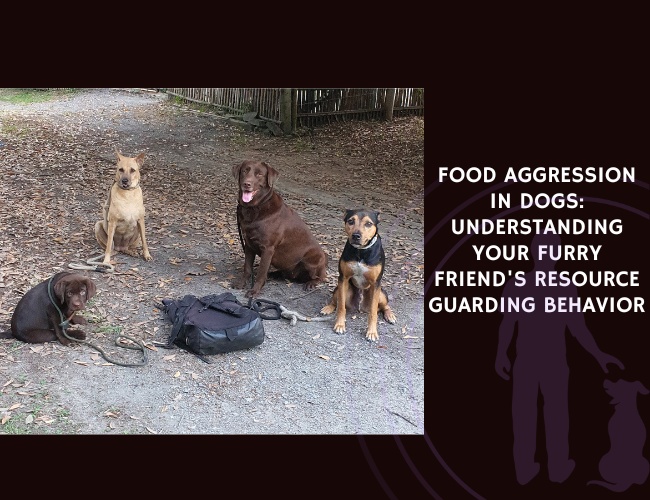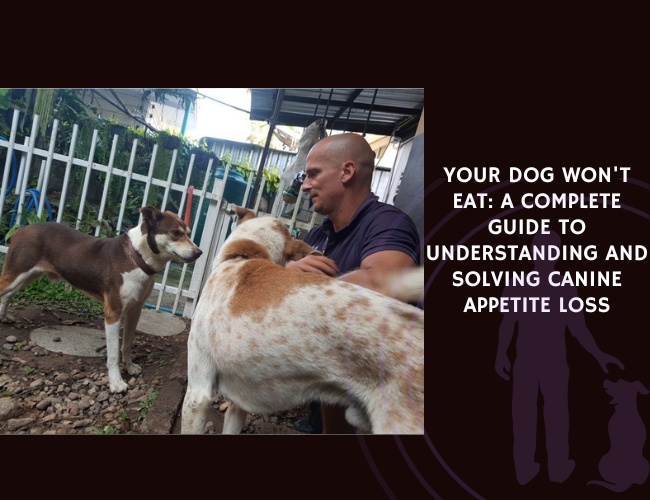In a detailed analysis published in **2011**, researchers M. I. Talegón and Bernadette Anzola Delgado explore the prevalence and origins of anxiety disorders in dogs, emphasizing their impact on both the animals and their human families. The authors argue that behavioral changes in dogs pose a direct threat not only to the dog’s own welfare but also to the well-being of the people around them—often leading to abandonment or euthanasia.
According to the study, approximately 88% of patients seen at the Clinical Ethology Service at the Veterinary Faculty of Madrid showed signs of anxiety-related disorders. This figure aligns with findings from other research, supporting the conclusion that anxiety is a dominant component in most dog behavior problems.
However, the authors stress that many of these anxiety-related behaviors may not be pathological. Instead, they can be understood as normal adaptive responses that become problematic only when they conflict with the environment. For example, it is natural for a dog to react fearfully to unfamiliar stimuli or to use aggression as a defense mechanism when feeling trapped or threatened. These responses become classified as disorders only when they interfere with the dog’s ability to function harmoniously within the home or community.
By interpreting these behaviors through an ethological lens, Talegón and Delgado advocate for more compassionate and context-aware approaches to treatment. Understanding when fear or anxiety is a normal part of a dog’s experience can help avoid mislabeling a dog as disordered and reduce the risk of inappropriate punishment or abandonment.
The study underscores the need for early intervention and careful behavioral assessment, including identifying environmental triggers and conflict points in the dog’s daily life. Therapeutic strategies might involve behavioral modification, desensitization, training, and sometimes pharmacological support, but always with a focus on interpreting the dog’s emotional state correctly.
Ultimately, this work emphasizes that by addressing anxiety not as a defect but as a potentially healthy survival response in the wrong context, veterinarians and guardians can better safeguard both animal welfare and the human-animal bond.
Source: M. I. Talegón, Bernadette Anzola Delgado. 2011-08-01. “Anxiety Disorders in Dogs.”










